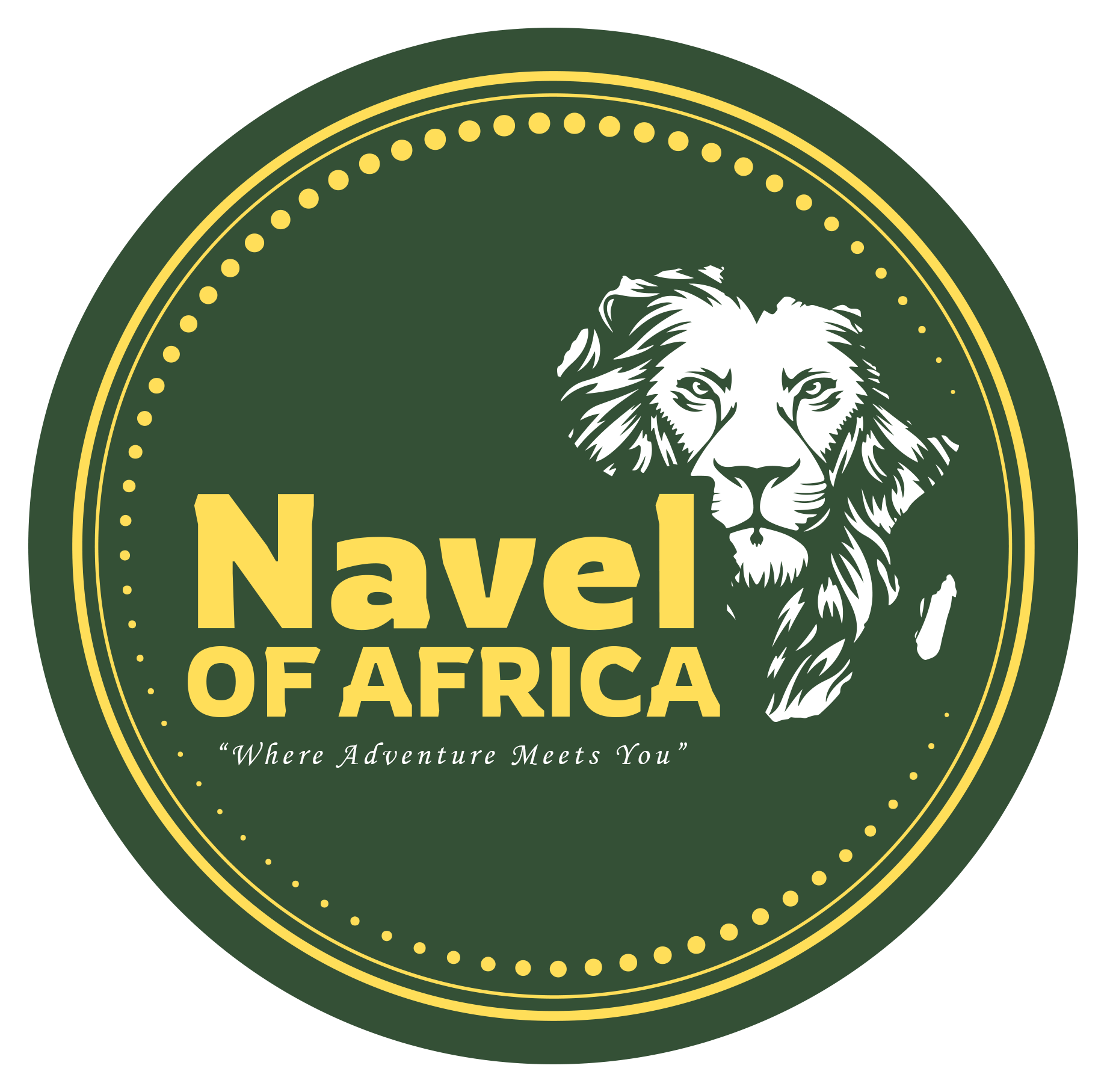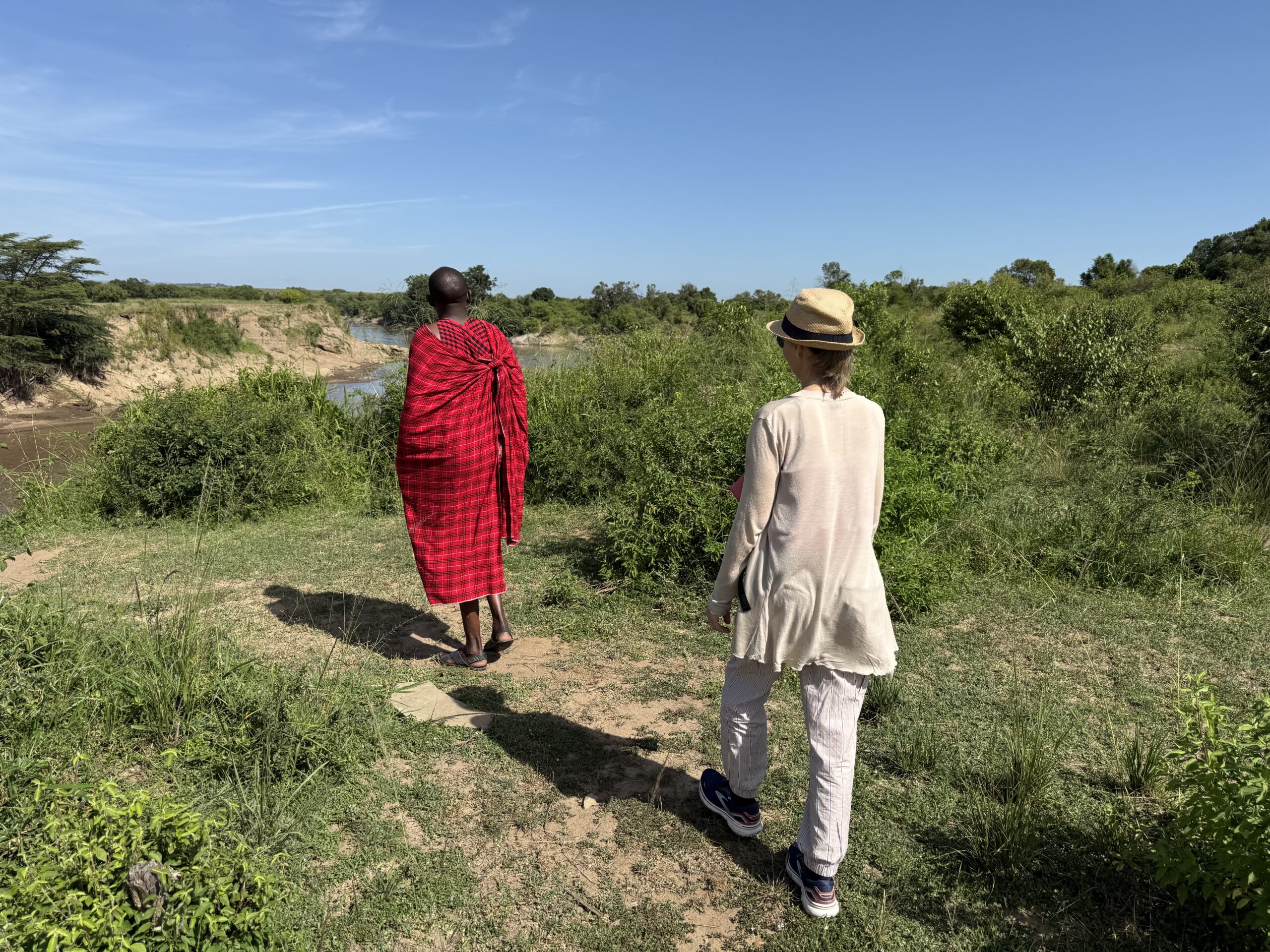
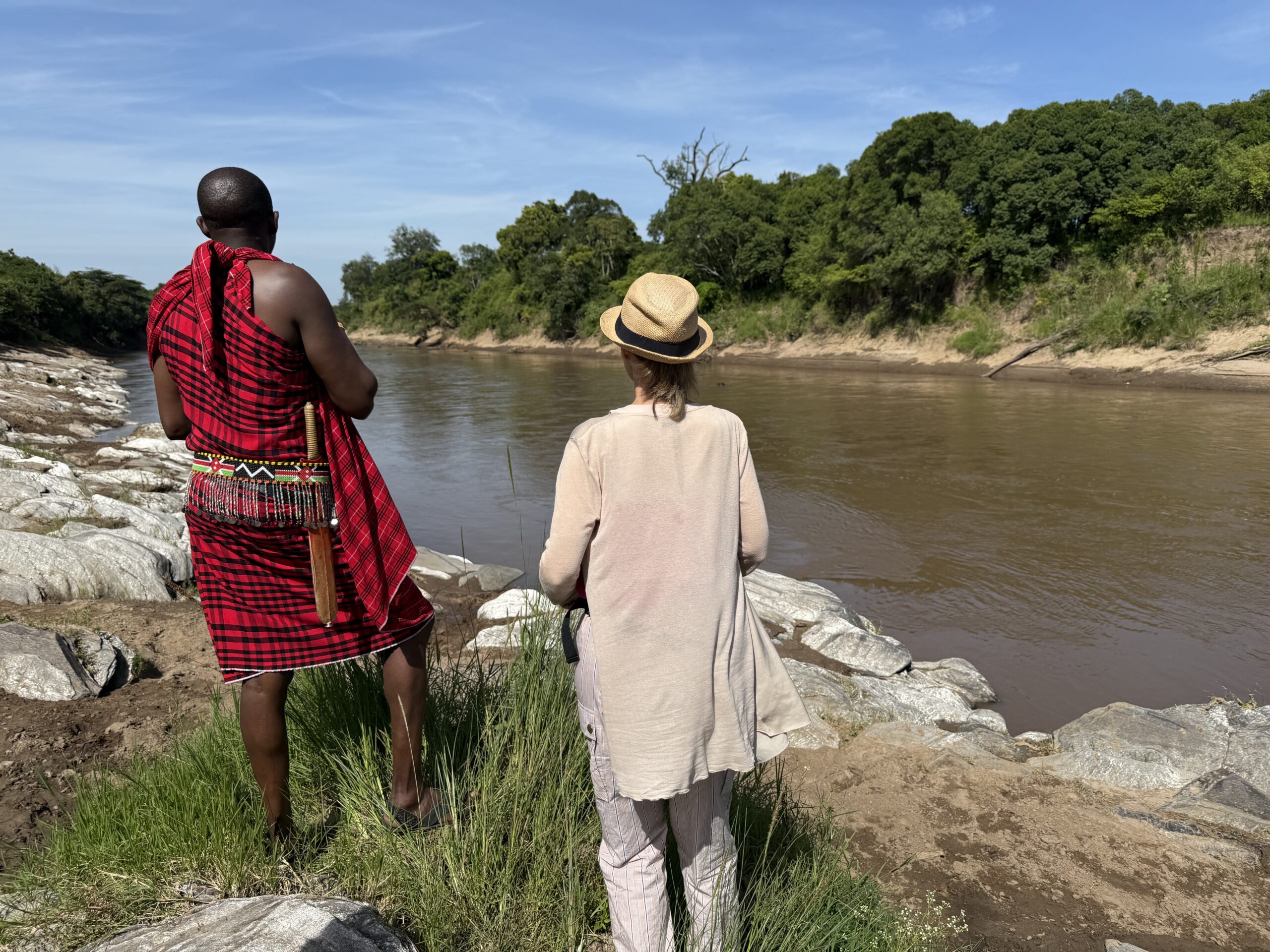
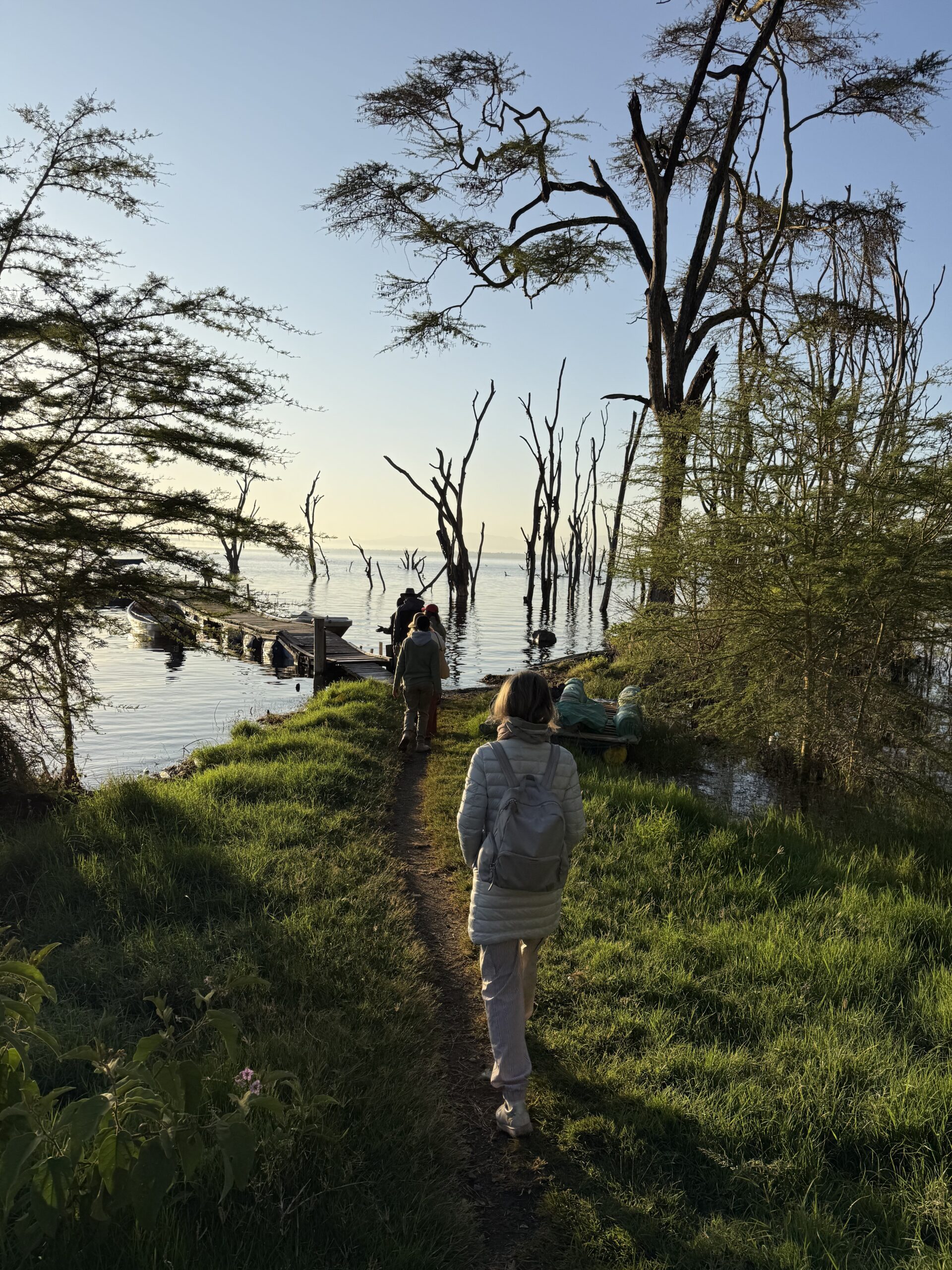
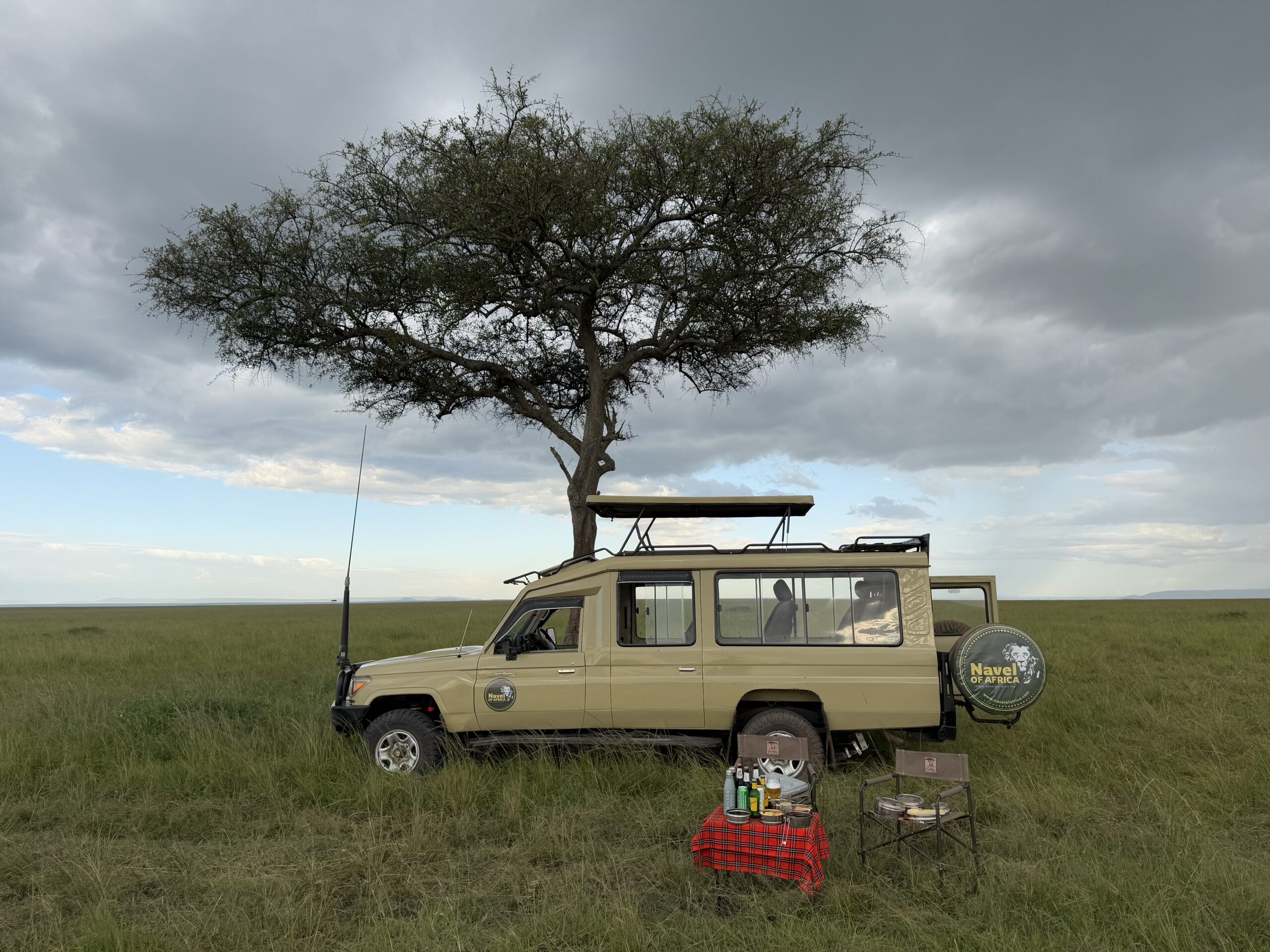
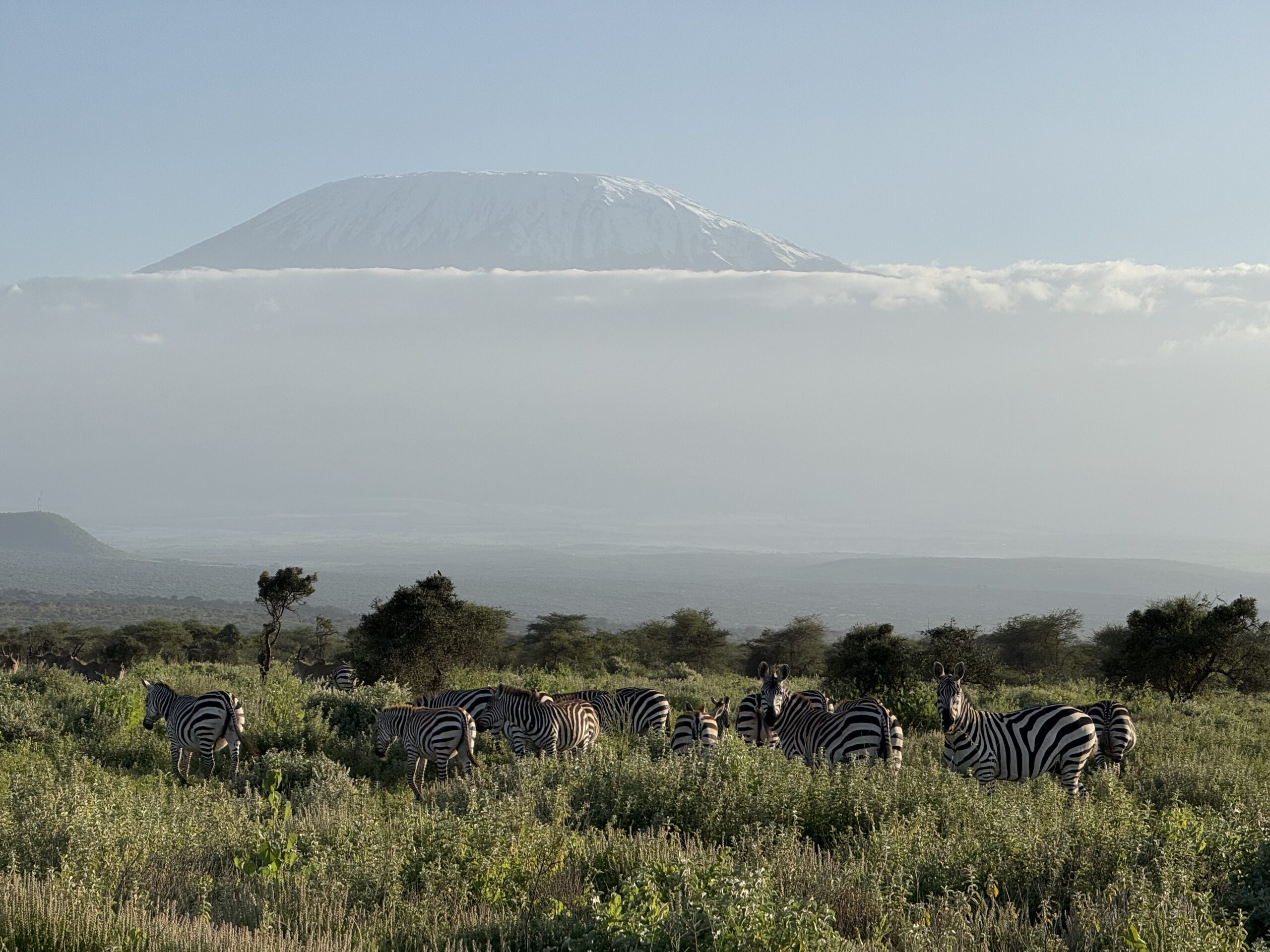
Transparent Pricing Breakdown
One of the most common questions I receive as a Tanzania safari operator is: “How much will my safari actually cost?” The answer isn’t simple because Tanzania safaris vary dramatically in price based on numerous factors – but that complexity shouldn’t mean confusion.
After years of providing transparent quotes to hundreds of clients, I’ve learned that travelers appreciate honest, detailed pricing breakdowns more than vague estimates. This guide reveals exactly what you pay for on a Tanzania safari, typical price ranges, and where you can save money without compromising your experience.
The Short Answer: Safari Price Ranges
Private Tanzania safaris typically cost
- Budget Level: $250-400 per person per day
- Mid-Range Level: $400-600 per person per day
- Luxury Level: $600-1,200+ per person per day
- Ultra-Luxury Level: $1,200-2,500+ per person per day
These daily rates usually include accommodation, meals, park fees, guide services, and private vehicle. International flights, visas, tips, and optional activities are additional.
But here’s what most travelers don’t realize : The same 7-day Northern Circuit safari can range from $2,000 to $15,000 per person depending on choices you make. Understanding what drives these differences helps you make informed decisions.
What’s Actually Included in Safari Pricing?
Let me break down every component of safari costs so you understand exactly where your money goes.
1. National Park Fees (Non-Negotiable)
Tanzania charges per-day park entrance fees that every visitor pays regardless of accommodation level:
Northern Circuit Parks:
- Serengeti National Park: $70 per adult per day
- Ngorongoro Crater: $70 per adult per day (plus $295 vehicle fee)
- Tarangire National Park: $53 per adult per day
- Lake Manyara National Park: $53 per adult per day
- Arusha National Park: $53 per adult per day
Southern Parks:
- Ruaha National Park: $30 per adult per day
- Nyerere National Park: $70 per adult per day
Children receive discounts:Usually 50% reduction for ages 5-15, free for under 5.
Example: A 7-day Northern Circuit safari (2 days Serengeti, 1 day Ngorongoro, 2 days Tarangire, 1 day Lake Manyara) costs $592 in park fees alone per adult before any other expenses.
These government fees fund conservation and park management. There’s no way around them, and they’re the same whether you camp or stay in luxury lodges.
2. Accommodation (Highly Variable)
This is where safari costs diverge dramatically:
Budget Camping ($30-80 per person per night):
- Public campsites inside or near parks
- Basic facilities, shared bathrooms
- Tents and camping equipment provided
- Simple but hearty meals
Budget Lodges ($80-150 per person per night):
- Basic lodges outside park boundaries
- Private rooms with ensuite bathrooms
- Simple restaurant meals
- Limited amenities
Mid-Range Lodges/Camps ($150-350 per person per night):
- Comfortable lodges or permanent tented camps
- Often near park boundaries or inside conservation areas
- Good food, swimming pools, pleasant lounges
- Professional service
Luxury Lodges/Camps ($350-800 per person per night):
- High-end properties in prime locations
- Excellent cuisine, bar service, spa facilities
- Beautiful design and exceptional service
- Often private concessions with exclusive areas
Ultra-Luxury ($800-2,000+ per person per night):
- Properties like Singita, &Beyond, Four Seasons
- All-inclusive (premium drinks, activities)
- Private guides, butler service
- Exclusive locations and extraordinary design
Accommodation alone can account for 40-60% of your total safari cost.
3. Vehicle and Fuel ($150-250 per day total):
Private safari vehicles (4×4 Land Cruisers or Land Rovers) with pop-up roofs cost $150-250 per day including:
- Vehicle rental
- Fuel for all game drives and park-to-park transfers
- Vehicle park fees
- Maintenance and insurance
Cost per person depends on group size:
- 2 people sharing: $75-125 per person per day
- 4 people sharing: $37-62 per person per day
- 6 people sharing: $25-42 per person per day
Larger groups significantly reduce per-person vehicle costs, which is why couples pay more per person than families or friend groups.
4. Professional Guide ($50-150 per day total)
Experienced safari guides cost $50-150 per day depending on language requirements, expertise level, and whether you request a specific guide.
This covers:
- Guide’s daily wage
- Guide’s accommodation and meals
- Professional expertise and wildlife knowledge
- Safety and emergency management
Per person guide costs:
- 2 people: $25-75 per person per day
- 4 people: $12-37 per person per day
- 6 people: $8-25 per person per day
Quality guiding makes or breaks a safari. Experienced guides with excellent English, deep wildlife knowledge, and strong communication networks find better sightings and create memorable experiences.
As a guide myself, I can tell you the difference between an average guide and an exceptional one is worth every dollar.
5. Meals (Variable by Accommodation)
Budget camping : $20-30 per person per day
Simple but filling meals prepared by camp cooks
Budget/mid-range lodges:
- $30-50 per person per day
- Restaurant-style buffet or plated meals
Luxury lodges:
$50-100+ per person per day
Gourmet cuisine, premium beverages, special dietary accommodations
Most safari packages include full board (breakfast, lunch, dinner) plus drinking water. Alcoholic beverages are extra except at all-inclusive luxury properties.
6. Additional Costs Often Forgotten
Crater Service Fee (Ngorongoro) : $295 per vehicle per descent
Every vehicle entering the crater floor pays this fee regardless of group size.
Concession/Conservation Fees :
Some private reserves charge $20-80 per person per night beyond standard park fees
Government VAT : 18% VAT applies to accommodation and some services.
Flying Safari Charter Flights: $200-800 per person per leg for remote parks like Mahale or Katavi.
Need a detailed quote for your specific safari? Contact David for itemized pricing with no hidden fees. Email: david@navelofafrica.com | WhatsApp: +255 743 114 934
Sample Safari Pricing: Real Examples
Let me show you actual pricing for a popular 7-day Northern Circuit safari with different accommodation levels.
Itinerary: 2 nights Tarangire, 2 nights Serengeti, 1 night Ngorongoro Crater rim, 1 night Lake Manyara (6 nights total, 7 days)
Budget Camping Safari (2 people)
Accommodation: $60 x 6 nights x 2 people = $720
Park Fees: $592 x 2 people = $1,184
Vehicle & Fuel: $200 x 7 days = $1,400
Guide: $80 x 7 days = $560
Meals (camping): $25 x 6 days x 2 people = $300
Ngorongoro Vehicle Fee: $295
Total: $4,459 for 2 people
Per Person: $2,230 (approximately $320/day)
Mid-Range Safari (2 people)
Accommodation: $250 x 6 nights x 2 people = $3,000
Park Fees: $1,184
Vehicle & Fuel: $200 x 7 days = $1,400
Guide: $100 x 7 days = $700
Meals: Included in accommodation
Ngorongoro Vehicle Fee: $295
Total: $6,579 for 2 people
Per Person: $3,290 (approximately $470/day)
Luxury Safari (2 people)
Accommodation: $600 x 6 nights x 2 people = $7,200
Park Fees: $1,184
Vehicle & Fuel: $220 x 7 days = $1,540
Guide: $120 x 7 days = $840
Meals: Included in accommodation
Ngorongoro Vehicle Fee: $295
Total: $11,059 for 2 people
Per Person: $5,530 (approximately $790/day)
Notice the pattern: Park fees remain constant. Vehicle and guide costs are similar. Accommodation drives the dramatic price differences.
How Group Size Affects Pricing:
Safari costs decrease significantly per person as group size increases because vehicle and guide costs are shared
Same mid-range 7-day safari:
- 2 people: $3,290 per person
- 4 people: $2,540 per person (23% savings)
- 6 people: $2,290 per person (30% savings)
Families and friend groups enjoy substantial per-person savings. Solo travelers pay the highest rates because they cover full vehicle and guide costs alone.
Seasonal Price Variations
Safari costs fluctuate based on season:
Peak Season (June-October, December-February):
- Highest accommodation rates (sometimes 40-50% premium)
- Best weather and wildlife viewing
- Advance booking essential
Shoulder Season (March-May, November):
- Lower accommodation rates (20-40% discounts)
- Fewer tourists
- Good wildlife viewing with occasional rain
Green/Low Season (April-May):
- Lowest rates (up to 50% discount at some properties)
- Rainy season with muddy roads
- Lush landscapes and excellent photography
Pro Tip: Traveling in November or late March offers the best value – significantly lower prices with minimal weather compromise.
Hidden Costs to Watch For
Some operators quote attractive base prices but exclude critical costs. Always ask about:
Items Often Excluded:
- International flights to/from Tanzania
- Tanzania visa ($50-100 depending on nationality)
- Travel insurance
- Tips for guide and camp staff ($30-50 per day total)
- Alcoholic beverages (except all-inclusive luxury)
- Optional activities (balloon safaris $550-600, cultural visits $20-50)
- Airport transfers
- Accommodation before/after safari
Navel of Africa Transparency: We provide complete itemized quotes showing exactly what’s included and excluded. No surprises.
Where You Can Save Money Without Compromising Experience
After guiding hundreds of safaris, I’ve identified smart ways to reduce costs while maintaining excellent experiences:
1. Travel During Shoulder Season
November or late March offers 30-40% savings with minimal weather impact. Wildlife viewing remains excellent.
2. Increase Group Size
Traveling with friends or family dramatically reduces per-person costs. Four people pay 20-25% less per person than couples.
3. Mix Accommodation Levels
Spend 2-3 nights camping in Serengeti (immersive experience) and 1-2 nights in mid-range lodges for comfort. This hybrid approach balances budget and comfort.
4. Choose Less-Visited Parks
Tarangire and Lake Manyara offer spectacular wildlife at lower park fees than Serengeti. A Tarangire-focused safari costs less but delivers incredible elephant viewing.
5. Extend Your Safari
Longer safaris enjoy better per-day rates. An 8-day safari costs only 10-15% more than 6 days but provides significantly more value.
6. Book Direct with Local Operators
International tour companies add 30-50% markup for the same lodges and services. Booking directly with Tanzanian operators like Navel of Africa eliminates middleman costs.
7. Be Flexible with Lodges
Rather than requesting specific luxury properties, ask your operator to suggest best-value lodges in ideal locations. You’ll get equivalent quality at lower prices.
What You Shouldn’t Compromise On
While smart budgeting makes sense, don’t sacrifice:
Guide Quality: An experienced, knowledgeable guide transforms your safari. Poor guiding ruins even luxury safaris. This is not where to save money.
Sufficient Time: Rushing through parks for a cheaper 4-day safari means missing key experiences. Minimum 6-7 days for Northern Circuit.
Vehicle Condition: Reliable, well-maintained vehicles matter for safety and comfort. Breakdowns in remote areas are serious.
Park Selection: Don’t skip iconic parks like Serengeti or Ngorongoro to save money. These deliver experiences worth the cost.
Comparing Local vs International Operators
International Tour Company (Europe/US based):
- Same 7-day mid-range safari: $4,500-5,500 per person
- Added value: Brand recognition, easy booking in your language
- Drawback: 30-50% markup for same services
Local Tanzanian Operator (like Navel of Africa):
- Same 7-day mid-range safari: $2,800-3,500 per person
- Added value: Direct communication, local knowledge, better prices
- Drawback: Requires more research to find reputable operators
Reality Check: International companies use the same local vehicles, guides, and lodges. You’re paying premium for brand name and marketing, not better safari experience.Reference checking is important, but established local operators provide identical quality at significantly lower cost.
Red Flags in Safari Pricing
Watch for these warning signs:
Prices Significantly Below Market: If a quote seems impossibly cheap, corners are being cut somewhere – usually guide quality, vehicle condition, or hidden fees.
Vague Pricing: Legitimate operators provide detailed breakdowns. Refusing to itemize costs suggests hidden fees.
Pressure Tactics: “Book now or prices increase tomorrow” is a sales tactic. Reputable operators give you time to decide.
No Online Presence: Established operators have websites, social media, and verifiable reviews.
Upfront Full Payment: Pay deposits (30-50%) with balance closer to travel dates. Never pay 100% upfront months in advance.
Payment Terms and Cancellation Policies
Standard payment terms:
- 30-50% deposit at booking
- Balance 30-60 days before departure
- Payment via bank transfer (international wire) or credit card (may include processing fee)
Cancellation policies vary but typically:
- 60+ days before: Lose deposit only
- 30-60 days before: 50% of total cost
- Less than 30 days: 75-100% of total cost
Always purchase comprehensive travel insurance covering trip cancellation, medical emergencies, and evacuation.
Getting the Best Value: My Recommendations
For Budget Travelers ($2,000-3,000 per person for 7 days):
- Mix camping and budget lodges
- Travel in shoulder season
- Focus on Tarangire, Ngorongoro, and Lake Manyara
- Skip optional expensive activities
For Mid-Range Travelers ($3,000-4,500 per person for 7 days):
- Comfortable lodges throughout
- Include full Serengeti experience
- Travel in shoulder season for best value
- One special splurge (balloon safari or luxury lodge night)
For Luxury Travelers ($5,000-8,000+ per person for 7 days):
- High-end lodges in prime locations
- Private guide dedicated to your group
- Include special activities
- Peak season when weather is optimal
Want personalized pricing for your specific dates and preferences?
David provides detailed, transparent quotes with itemized costs.
Email: david@navelofafrica.com | WhatsApp: +255 743 114 934
Questions to Ask When Getting Quotes
Request this information from every operator you’re considering:
- What exactly is included in the daily rate?
- What are the specific accommodation names? (So you can research them)
- What are total park fees? (These are fixed costs)
- Is VAT included in quoted price?
- What’s excluded that I should budget for?
- What are your cancellation terms?
- Can you provide recent client references?
- What happens if I want to change itinerary mid-safari?
Legitimate operators answer these questions clearly and provide detailed written quotes.
The True Cost Beyond Money
Tanzania safaris require more than financial investment:
Time: Minimum 8-10 days total including travel days
Physical: Long drives, early wake-ups, sometimes challenging conditions
Mental: Flexibility for unpredictable wildlife and occasional plan changes
Emotional: Witnessing nature’s raw beauty and harsh realities
These non-financial costs matter as much as budget when planning your safari.
My Honest Pricing Philosophy
As a locally owned Tanzanian safari company, Navel of Africa operates on these principles:
Transparency: Every quote includes detailed cost breakdowns. No hidden fees.
Fair Pricing: We charge fair market rates that allow us to pay staff well, maintain excellent equipment, and deliver quality experiences – without excessive markups.
Flexibility: We work with your budget to create the best possible safari within your means. Sometimes that means suggesting a shorter luxury safari rather than longer budget option, or vice versa.
Value Over Volume: We prefer guiding fewer safaris exceptionally well rather than maximizing client numbers.
Direct Communication: You communicate directly with me throughout planning. No sales teams or middlemen.
Final Thoughts on Safari Costs
Tanzania safaris represent significant investment. Understanding exactly what you’re paying for helps you make informed decisions aligned with your priorities and budget.
The “best” safari isn’t necessarily the most expensive – it’s the one that matches your expectations, delivers on promises, and creates memories lasting far beyond the financial cost.
Whether you have $2,500 or $10,000 to invest in a Tanzania safari, experienced local operators can create excellent experiences within your budget. The key is honest communication about what’s realistic at each price point.
Ready for transparent pricing on your Tanzania safari?
Contact David Jangwa – Navel of Africa
📧 Email: david@navelofafrica.com
Request a detailed, itemized quote for your specific safari dates, group size, and preferences. We’ll provide complete transparency on all costs and help you maximize value within your budget. No pressure, no hidden fees – just honest pricing from a local Tanzanian operator.
About the Author :David Michael Jangwa is the founder of Navel of Africa, a locally owned Tanzania safari company. After years of receiving questions about safari costs, David believes in complete pricing transparency, helping travelers understand exactly what they’re paying for and making informed decisions about their Tanzania adventure.
